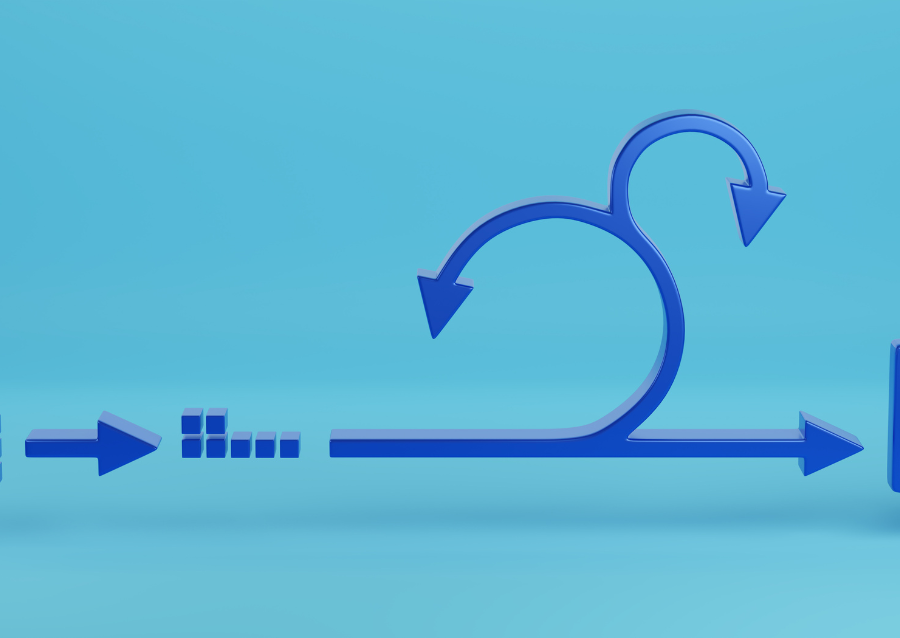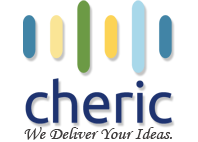Delivery Model

Offshore Delivery Model
In Offshore Delivery Model, the entire project is accomplished at the offshore development center.
The client will be dealing directly with the offshore team. The service provider will have no face-to-face interaction with the client during the entire process once the initial interaction with the client regarding their requirements and expectations is over. Of course as the project progresses, both the parties will be communicating regularly through other means of communication so as to clear off any doubts that may arise.
This model will facilitate the service provider to go for the number of trials involved therein and then hand over the final Project to the client. The client will not have to bother about the risks resulting from trial testing within its existing setup.
Onsite Delivery Model
In Onsite (Hybrid) Delivery Model, the outsourcing work is distributed between the service provider onsite center and the offshore development center & thereby the client gets the advantage of both types of outsourcing models. It is one of the most successful and popular outsourcing models employed today by many companies. The distribution of work depends on the type of project. Usually 20-30% of the work is done by the onsite center and the rest is done by the offshore development center..
It is one of the most successful and popular outsourcing models employed today by many companies. The distribution of work depends on the type of project. Usually 20-30% of the work is done by the onsite center and the rest is done by the offshore development center..


Methodologies
Cheric is well experienced and elegant in analyzing and defining the requirements in the absence of any product/project documentation. Cheric has the ability to work side-by-side with the developers, business analysts and customers which is an important part in quickly understanding the test requirements. The Cheric team is equipped with alternative ways of deriving test requirements.
Cheric test team performs exploratory testing at various stages of the agile life cycle. The team is well trained to scope the work, ask the right questions and deliver a valuable output within a short span of time.
As the frequency of testing is greater in an agile project, than in a
traditional development model, team develops an automation framework that fits the unique requirements of the agile project. In addition, the team is efficient in building a suite of automated tests around the application which enable rapid iterations.
- High value features first
- Continuous integration with pre/post release build automation
- Test Driven Development
- Automation of unit and regression testing

